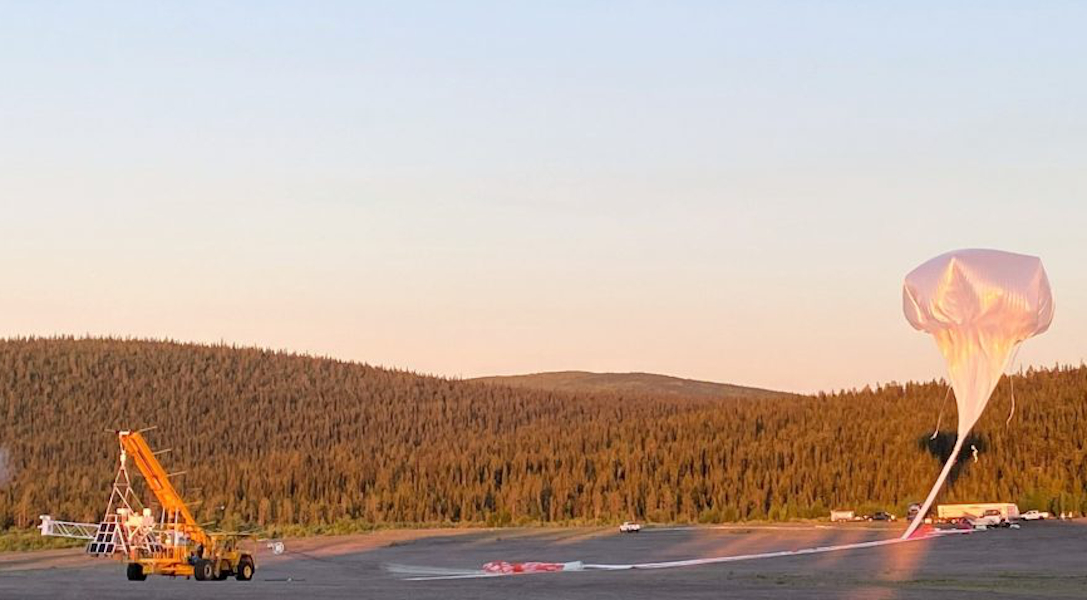
 Credit: NASA; Washington University in St. Louis; Swedish Space Corporation
Credit: NASA; Washington University in St. Louis; Swedish Space Corporation
Up and Away
High-energy X-ray emission provides us with a unique picture of how matter and space itself behaves at extremes of temperature, density, and magnetic and electrical forces. These extreme conditions provide critical tests of our understanding of the Universe, and show where current theories succeed and fail. Since the earth's atmosphere shields us (thankfully) from this dangerous radiation, observations of cosmic high-energy X-ray emission needs to be done high above earth's surface. Free-flying X-ray satellite observatories like the Chandra X-ray Observatory, XMM-Newton and the eROSITA telescope, and numerous other current and past X-ray space observatories are important tools for the study of the high energy Universe, but space observatories are expensive, have finite lifetimes and are difficult or impossible to upgrade or repair if something goes wrong. Instruments carried aloft on high altitude balloons can reach the edge of space and offer an important complement to satellite observatories, especially since their instrumentation can be retrieved and re-used. One such high-energy telescope is XL-Calibur, a balloon borne X-ray telescope built by scientists at the Washington University in St. Louis, KTH Royal Institute of Technology and NASA. XL-Calibur studies high-energy emission from black holes and neutron stars in the Milky Way, and (like the space-based observatory IXPE) studies the polarization, or direction of the detected X-rays in order to reveal not only the intensity but also the geometry of the source. Polarization measurments from XL-Calibur of X-ray emission from highly-magnetized neutron stars can also be used to test the weird nature of empty space (the "quantum vacuum"), where virtual particles pop into and out of existence on timescales too short to be directly observed. The image above shows the most recent launch of XL-Calibur, which took place on July 11, 2022 at the Esrange Space Center in northern Sweden. The XL-Calibur instrument package is held aloft by the crane at the left of the image, as the balloon at the right begins its ascent. The flight lasted about 5 days and the payload was recovered in Canada's Northwest Territories. Scientists are eagerly studying XL-Calibur's observations of black holes and neutron stars, to test the extreme nature of matter and other strange high-energy phenomena.
Published: August 8, 2022
<
HEA Dictionary ● Archive
● Search HEAPOW
● Other Languages
● HEAPOW on Facebook
● Download all Images
● Education ● HEAD
>

Each week the HEASARC
brings you new, exciting and beautiful images from X-ray and Gamma ray
astronomy. Check back each week and be sure to check out the HEAPOW archive!
Page Author: Dr. Michael F. Corcoran
Last modified Tuesday, 27-Feb-2024 10:13:32 EST


